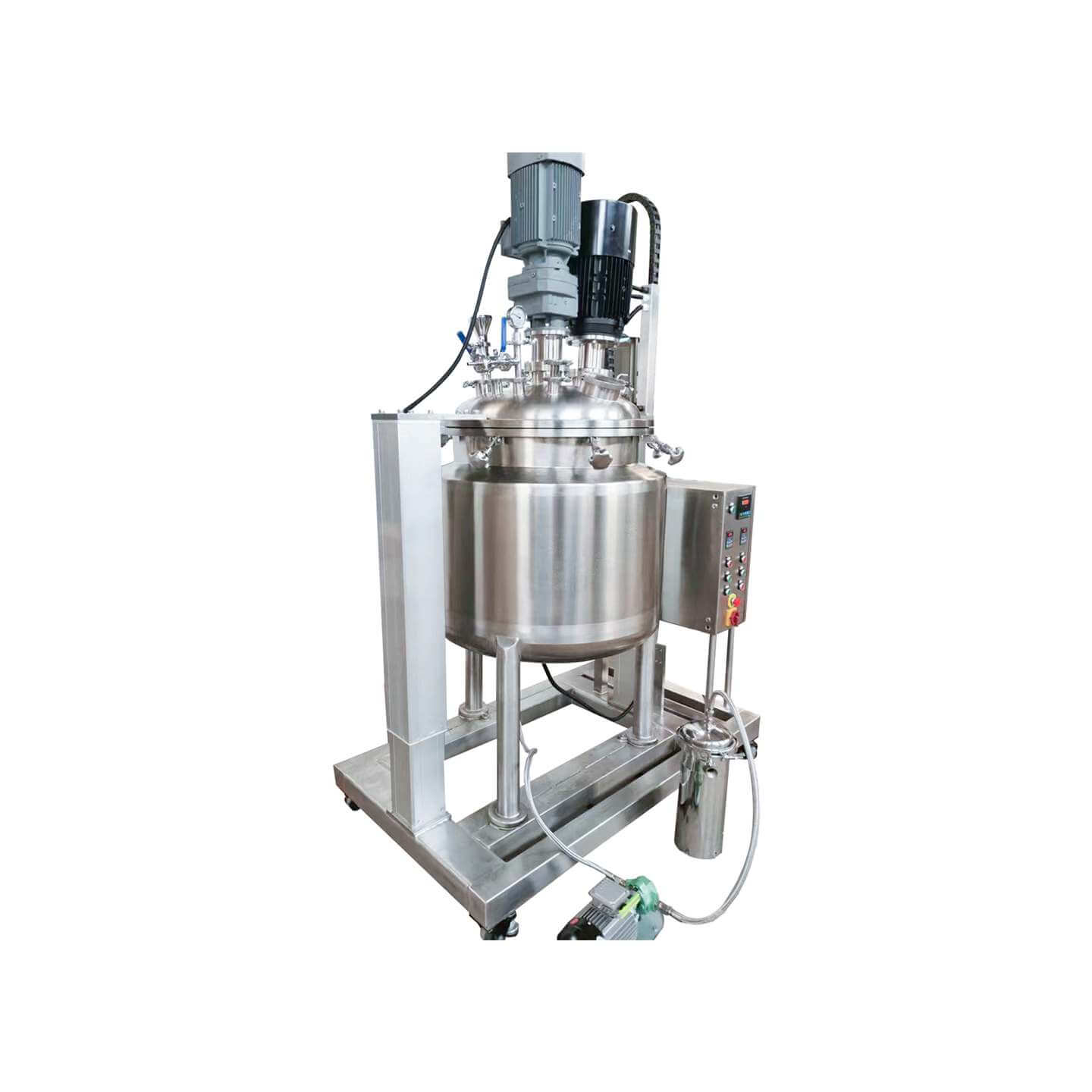

Laboratory Reactor
Laboratory reactor: used in the chemical industry, pesticide, paint, and other fields
Material
glass, stainless steel (316, 304), carbon steel, others
Capacity (L)
10-10000+
Mixing system
anchor, paddle, frame and others
Heating system
electric heating, oil heating and others
The laboratory reactor is small in size, beautiful in appearance, light, and fast in installation. It is composed of a pot body, pot cover, stirrer, jacket, support and transmission device, shaft sealing device, etc. The type of stirring device, rotation speed, sealing structure, heating method, etc. are produced.
Request a quoteThe laboratory reactor is suitable for photochemical high-pressure reactions, reduction of carbon dioxide CO2, reduction of carbon dioxide CO2 to methanol, reduction of carbon dioxide CO2 to methane CH4, reduction and degradation of nitrogen oxides NOx, and high-pressure photocatalytic degradation of formaldehyde. Photocatalytic reaction, Fischer-Tropsch reaction, hydrogenation reaction, polymerization reaction, homogeneous reaction, carbon dioxide supercritical reaction, etc.

Laboratory reactor classification
1.Fully automatic laboratory reactors include desktop microreactors. It adopts the integrated design of the whole machine and new touchscreen operation; the quick-opening structure is easy to operate and can realize unattended functions, which greatly improves the efficiency of laboratory work. The laboratory reactor kettle body and the kettle lid adopt a safer and more convenient The quick disassembly method of the manipulator snap ring greatly facilitates the disassembly of the laboratory reactor. The TP-Controller controller system is used to realize temperature and speed control, as well as data storage and collection of temperature/speed/pressure/torque, and can realize the data export function.
2.The micro laboratory reactor series is suitable for reactions of small amounts of samples. It is an ideal reaction device for testing expensive or small-batch raw material samples. Micro laboratory reactors are generally divided into micro magnetic reactors, micromagnetic coupling laboratory reactors, and micro quick-open reactors, and their functions are also different. Generally, a closed heating system is used, and the top-loading floppy drive magnetic mechanical stirring has complete functions: LCD display: temperature, speed, timing, temperature control, forward and reverse two-way stirring, and other functions that can meet the needs of most experiments.
3.The parallel laboratory reactor is a combination of high-pressure reactors. The test was conducted simultaneously in multiple laboratory reactors. Each laboratory reactor is equipped with independent heating, stirring, and pressurizing components to ensure that each laboratory reactor can operate independently at different temperatures, pressures, and stirring speeds, speeding up the screening of test conditions and optimization of reaction conditions. For the screening of chemical reaction conditions, the best reaction conditions can be found in a short time, the experimental development time can be shortened as much as possible, new products can be guaranteed to have competitive advantages, and there are specially designed parallel reaction devices. It is suitable for reactions involving a small number of samples, high temperature, high viscosity or containing magnetic media, and parallel reaction experiments for testing expensive or small batches of raw material samples.
4.Fully transparent sapphire laboratory reactor: resistant to high pressure, completely visible reaction, 360-degree transparent sapphire crystal with no dead ends. Can be equipped with magnetic stirring and flexible shaft mechanical stirring systems, modular electric heating, and jacketed external heating or cooling. Used for reaction visualization research, sampling analysis, multi-phase behavior observation, spray observation of supercritical particle preparation, thermodynamic properties research, long-term dissolution process observation, etc.
5.Fully automatic lifting laboratory reactor kettle: The kettle lid is lifted with a hand wheel and is the most basic reaction equipment for laboratory chemical experiments. It has the characteristics of a beautiful appearance, compact structure, and convenient operation. The laboratory reactor body and reactor cover adopt a quick-open cover structure, which can be opened in a short time, saving time and effort. Stirring uses a statically sealed strong magnetic paddle.




